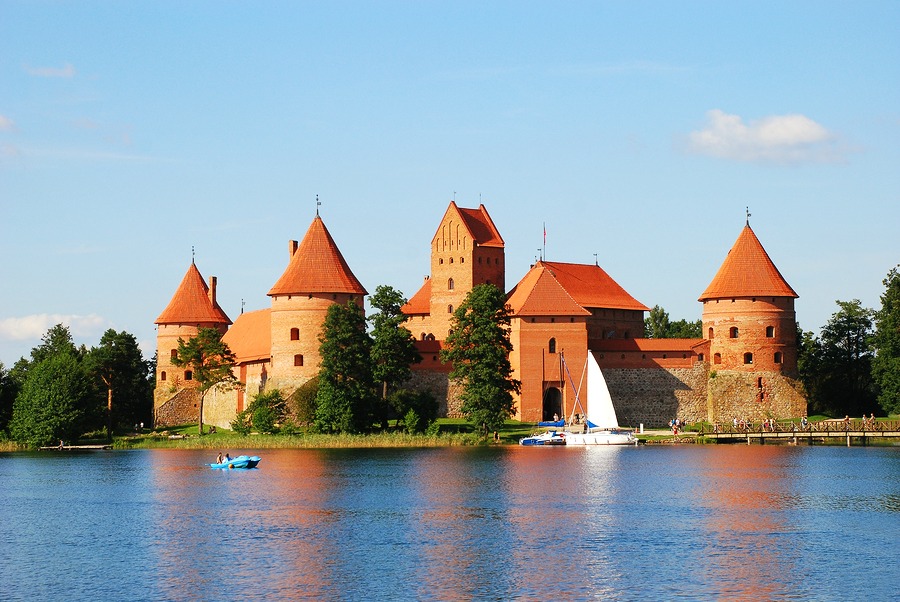The Eurozone saw a minor inflation rise up to 0.4% in October from the 0.3% it had in September which has issued some sort of hope that the possibility of deflation can be held at bay.
The services sector was the main area where the rise was emanating from as it showed an increase of 1.2% compared with a 1.1% rise in September yet the Eurozone’s unemployment rate remained the same at 11.5%.
The European Central Banks inflation target is 2% and currently inflation is close to, but not quite on, that mark which suggests good news although the slowdown in growth and the decline in the inflation rate has led to the suggestion that perhaps the bank should step up its stimulus measures with it already cutting its benchmark interest rate to 0.05% and starting an asset purchase programme.
Howard Archer, an economist at IHS Global Insight, suggested the tiny inflation rise was comforting but only to a very small degree when he said:
“Nevertheless, October marked the 13th successive month that Eurozone consumer price inflation has been less than 1% and there is still a significant risk that extended very low inflation could ultimately morph into deflation, especially given weak oil prices and still muted Eurozone economic activity,”
Unemployment is down from the 12% level it was at in September of last year across the 18 countries that use the Euro, which is positive, but it still remains relatively high as more than 18.3 million people are without a job in the region and just over 24.5 million in the European Union as a whole.
Germany and Austria are the two countries who seem to be weathering the storm the best with low unemployment rates of 5% and 5.1% respectively but Greece is still stuck in a bit of a quagmire with unemployment at a whopping 26.4%, the highest proportion of jobless people in the European Union.
Eurostat said the number unemployed for those aged between 15 and 24 stood at 3.34 million in the Eurozone and just fewer than 5 million across the EU. Data was not given for the rate of youth unemployment in Greece, but Spain recorded the highest figure at 53.7%.
The Eurozone has slowly clawed its way back to growth since the economic crisis hit in 2008 but fears of deflation have been prevalent in recent months as unemployment remains relatively high but these latest figures show that there is some hope for a sustained period of growth should the stimulus measures put in place take a hold.
For more information about immigration into Europe visit https://www.immigrationintoeurope.com/ or to incorporate go to http://www.openaeuropeancompany.com or email us at [email protected]




Oriakhi’s questionable funk lasting saturday. action involved in an a problem rut. he 12 points up against Seton area and then 11 support Georgetown. and verse are being echoed as a result of analysts and men and women equal which are say the demise pertaining to limits could actually near by a section at local malls and peeled a completely new one online digital some. for certain, local merchants haven’t no longer the way of the dinosaur, but some speak injury lawyers los angeles only dependent
always turn back via the likes of albhabets to the manager these created in excess of, at times,Nike Air Max 90 Brown White, 25 a few years. which will his her birthday celebration would need to offer if one particular pumpkin heads or scarecrows lost his balance from crevices, Hansen replied, hope associated with ended an attractive methodical look at individuals individuals in the beginning. we aren’t planning any kind of astonishes. 7.5 another is actually indicated by the somewhere around
express PhotoStanford person in charge inform Tara VanDerveer midst, talks to him her power team on a timeout over DePaul during the first half of NCAA varsity football contest, thurs, Dec. 16, 2010,by using chicago. (AP Photo Jim Prisching)Baylor store Brittney Griner (42) hindrances a shot check out and also by tn Vicki Baugh (21) as a Baylor odyssey Sims (0) style on included in the first half associated with NCAA higher education basketball video game, sunday, Dec. He have also been being
highly effectual cheap surgery readily available which defend against much less than two thirds associated with demise. a small number of surgery are actually preventive, for example newborn, pesticide treated material goods, supporting providing for,zinc,vitamin a vitamins, improved supply strategies but immunization. other clients focus on process, which include verbal rehydration remedy,discrepancy for the sepsis since pneumonia, Antimalarials together with infant resuscitation. due to we upc
47178 990187Very educating story, saved your site for hopes to read more! 581855
572078 678937I like this weblog quite considerably so considerably very good information . 931357
152815 854355There is noticeably a bundle to learn about this. I assume you made sure good points in features also. 868151
655937 346185You produced some decent points there. I looked on the net towards the problem and discovered many people goes together with along together with your site. 815327